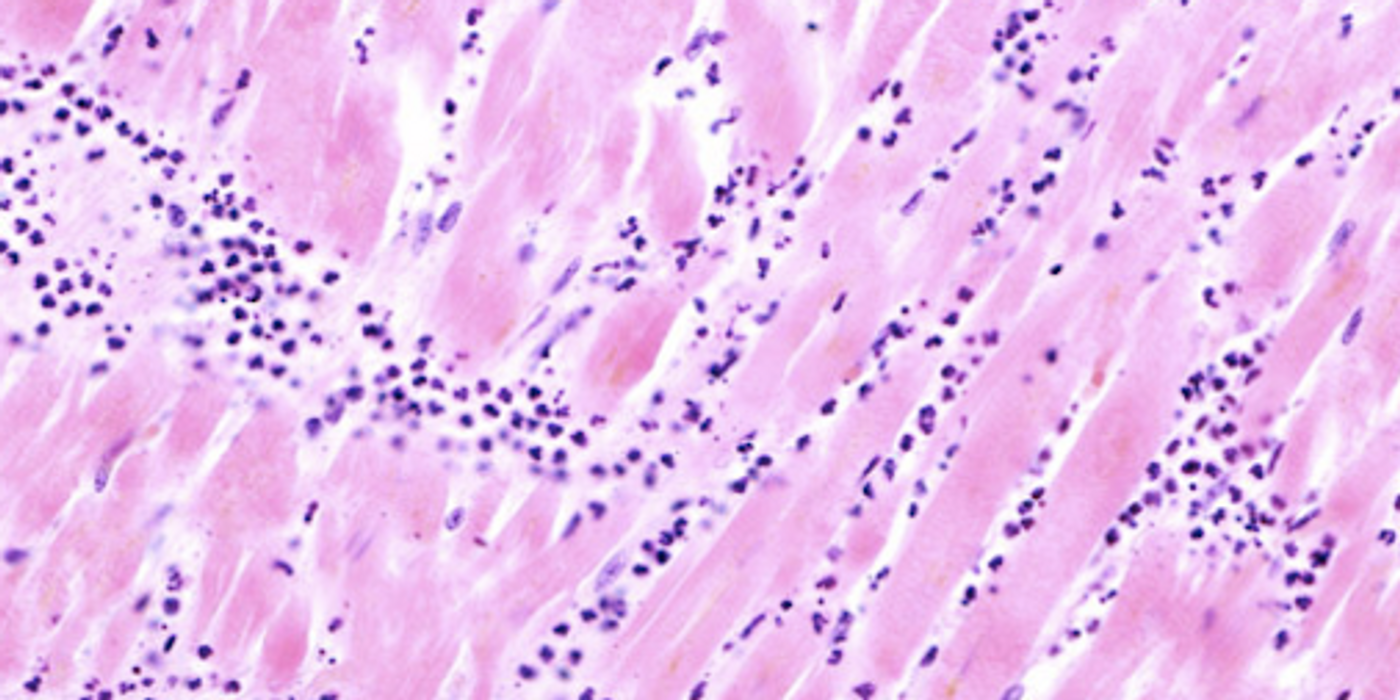How Stem Cells Become Heart Cells
Scientists have identified a mechanism that turns stem cells into heart muscle cells: cardiomyocytes; this work is a significant finding that could aid in the development of new treatments for problems in the heart. Along with colleagues in India, scientists at A*STAR in Singapore have learned some new molecular and genetic details behind how stem cells, which can turn into any kind of cell in the body, become cardiomyocytes. Their findings have been published in Scientific Reports.
"The effort is underway globally to find ways to differentiate these stem cells into beating functional heart muscle cells so that they can be used for cell-based therapies to treat structural abnormalities," said Prabha Sampath, from the A*STAR Institute of Medical Biology.
In this work, a technique called transcriptome profiling was utilized, in which the genes that are turned on, or expressing, in a cell are quantified. The scientists wanted to know which genes were activated when human embryonic stem cells are turning into heart cells.
They found that the expression of two genes, NR2F2 and EZH2, had elevated expression levels as differentiation was occurring. These genes encode for proteins that control the activity of OCT4, another gene that acts to keep stem cells in the undifferentiated state.
"NR2F2 recruits EZH2 to gene OCT4, and potentially suppresses its expression, propelling the cells towards differentiation," Sampath explained. "With the down-regulation of this gene, the cells start differentiating into cardiomyocytes."
While the NR2F2 protein has not been connected to cardiac differentiation before, it is known that mutations in the NR2F2 gene can cause the development of one kind of congenital heart defect.
"While it's unlikely to be the only mechanism involved in the differentiation of stem cells into cardiac cells, it's an important step in the process," said Mohsin Bin Bashir, also of the Institute of Medical Biology. "If we can understand how a stem cell becomes a cardiomyocyte, we have more chance of creating these cells in a controlled fashion."
In may be possible to use this newly found process for reprogramming adult stem cells. In such a procedure, normal cells get harvested from a patient, then modified, so they go back to their stem cell state. Then they can differentiate into the cell type that is needed for treatment.
"You can convert them into cardiomyocytes and put them back into the patient, and one of the advantages with that [process is that] there would be no immune rejection because these cells come from the patient themselves," Bashir noted.
Learn more about how stem cells can be used for heart therapeutics from the Mayo Clinic video.
Sources: Phys.org via A*STAR, Scientific Reports









